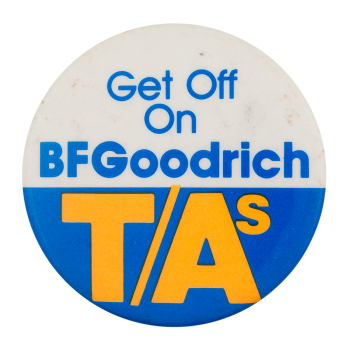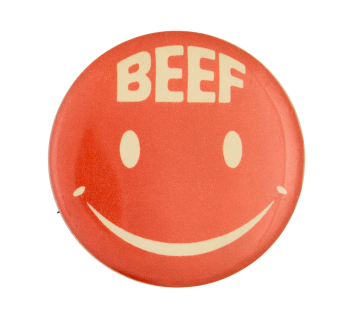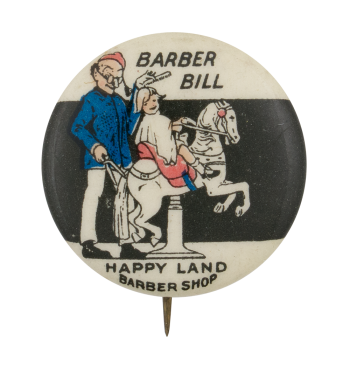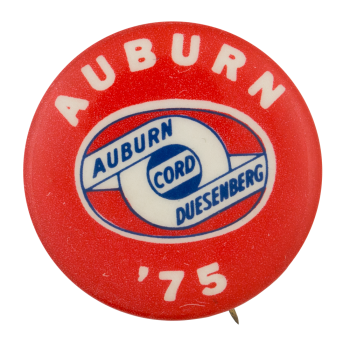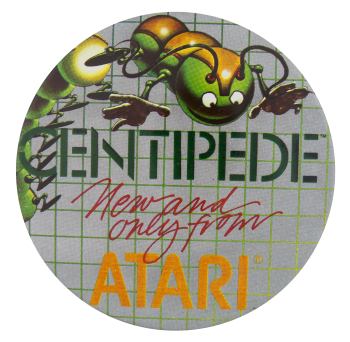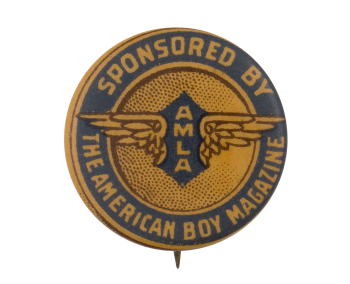The Guy That Put The Bloom In Bloomers
| Category | |
|---|---|
| Additional Images | |
| Sub Categories | |
| Text on Button | I'M THE GUY THAT PUT THE BLOOM IN BLOOMERS |
| Image Description | White background with black text. Illustration has yellow, red, blue and peach and portrays a man with a more facial hair than head hair and long eye glasses. |
| Back Paper / Back Info |
Quality Tokio Cigarette, Factory no 649, 1st Dist. New York, The Whitehead and Hoag Co. |
| Back Style | |
| The Shape | |
| The Size | |
| Year / Decade Made | |
| The Manufacturer | |
| Additional Information | Rube Goldberg, the cartoonist responsible for these "I'm the Guy" buttons is more famously known for his illustrations of inventions that were funny and complicated. His name is in the Webster dictionary is defined as "accomplishing by complex means what seemingly could be done simply". He was a dedicated cartoonist, doing both political and comical cartoons. Goldberg is also a founding member of the National Cartoonist Society whose Reuben Award is named after his proper name, Rueben. The popularity of the "I'm the guy..." slogans caught the eye of tobacco marketers. So if you wanted one of these buttons back in the 1910's, you'd have to buy some of their cigarettes. There was even an "I'm the guy" song ! |
| Catalog ID | AD0349 |



